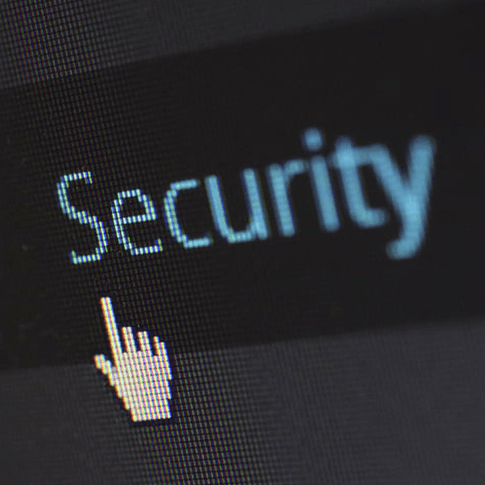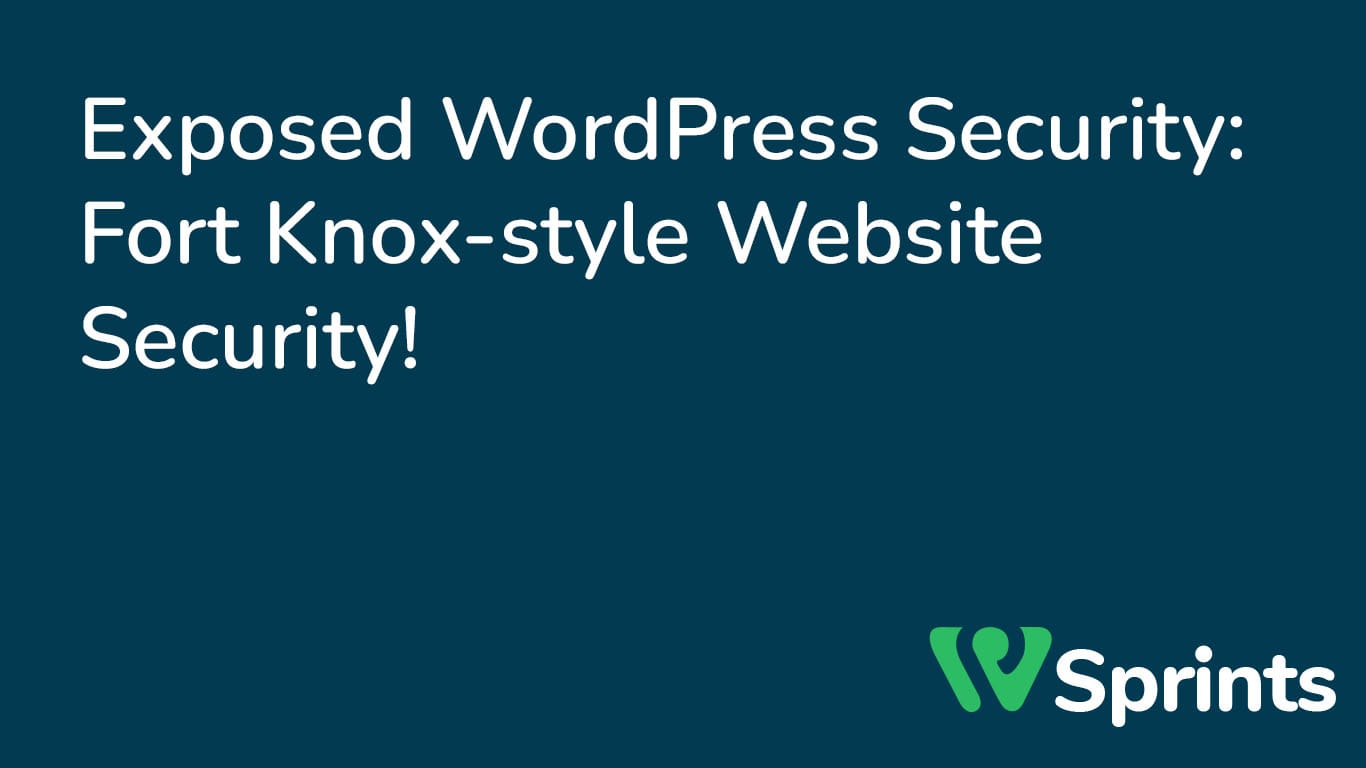Exposed WordPress Security: Fort Knox-style Website Security!
WordPress Security Introduction
Security needs to be your first concern when it comes to your WordPress website. It’s critical to take preventative steps to safeguard your website from potential attacks as cyber dangers increase. In this article, we’ll reveal the security flaws that might affect your WordPress website and provide you advice from the pros on how to make it as secure as Fort Knox!
Recognising the Risks
Understanding the dangers that can expose your WordPress website to security issues is essential. Weak passwords, out-of-date software, unsafe plugins or themes, and malicious code injections are examples of common hazards. You may take the appropriate actions to reduce these dangers and secure your website by being aware of them.Passwords that are secure and user authentication
By employing strong passwords and reliable user authentication mechanisms, WordPress security may be improved in one of the simplest yet most efficient ways possible. To provide an additional layer of security, encourage users to choose complex passwords and activate options like two-factor authentication.Updates often and patch management
For your website to be secure, you must keep your WordPress core, themes, and plugins updated. Security fixes that correct flaws and guard against potential exploits are frequently included in updates. Make it a habit to frequently check for changes and to implement them right away.Security for plugins and themes
While plugins and themes can improve the functionality and appearance of your website, if they are not selected and managed with care, they can also create security issues. Use only trusted sources, update plugins and themes frequently, and get rid of any that are no longer in use. Additionally, think about using security plugins that offer sophisticated monitoring and protection features.Monitoring websites and scanning for malware
For the purpose of identifying and averting security breaches, malware scanning and website monitoring solutions must be implemented. These tools can notify you when harmful code is present, unauthorised logins occur, or suspicious activity is taking place. Perform security audits and malware scans on your website on a regular basis to find and fix any potential flaws.Disaster recovery and backup
Maintaining a backup and disaster recovery strategy is crucial, even if you have strong security measures in place. You may easily recover your website in the event of a security attack or data loss by regularly backing up its files and database to a remote location.




